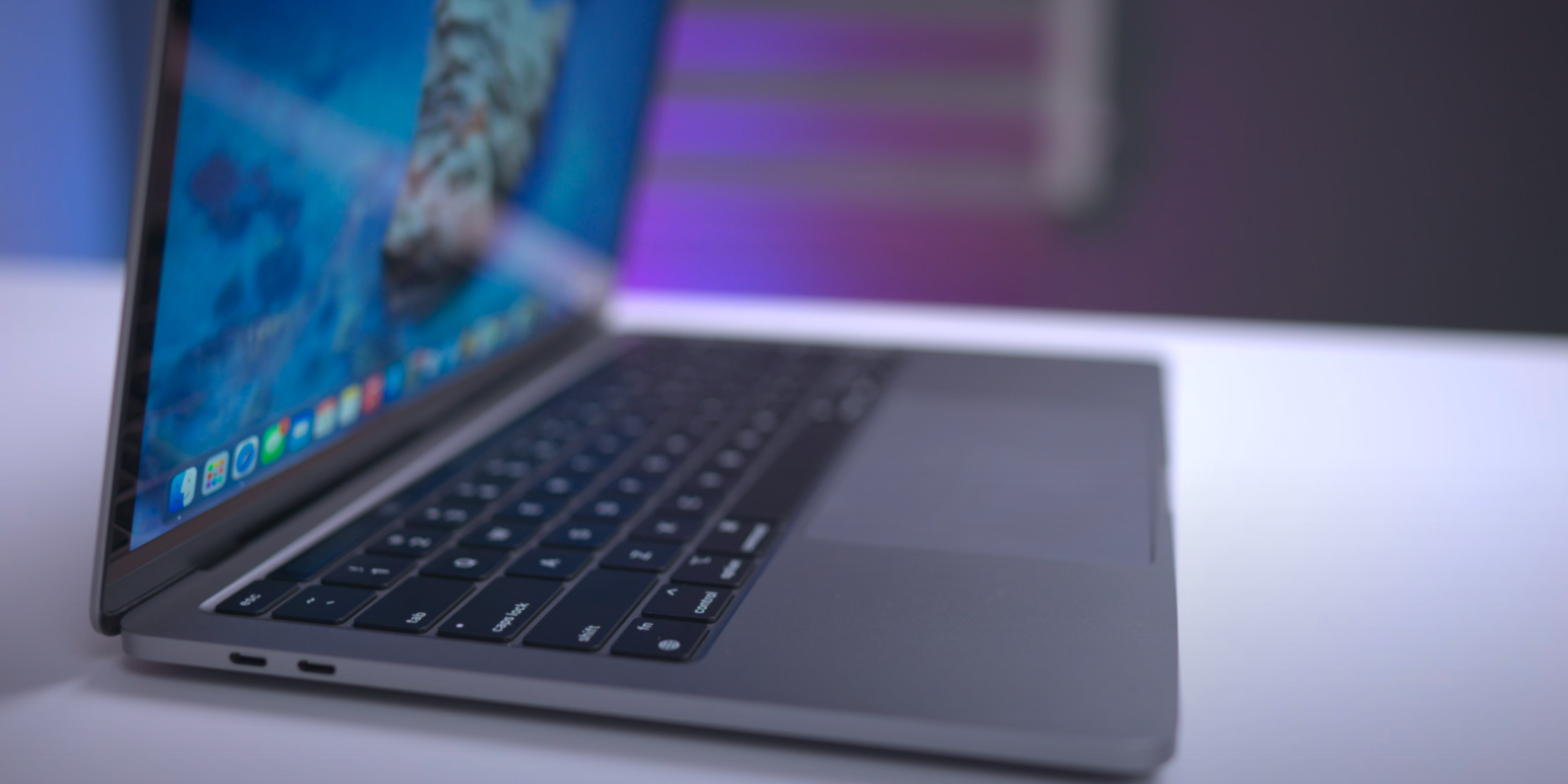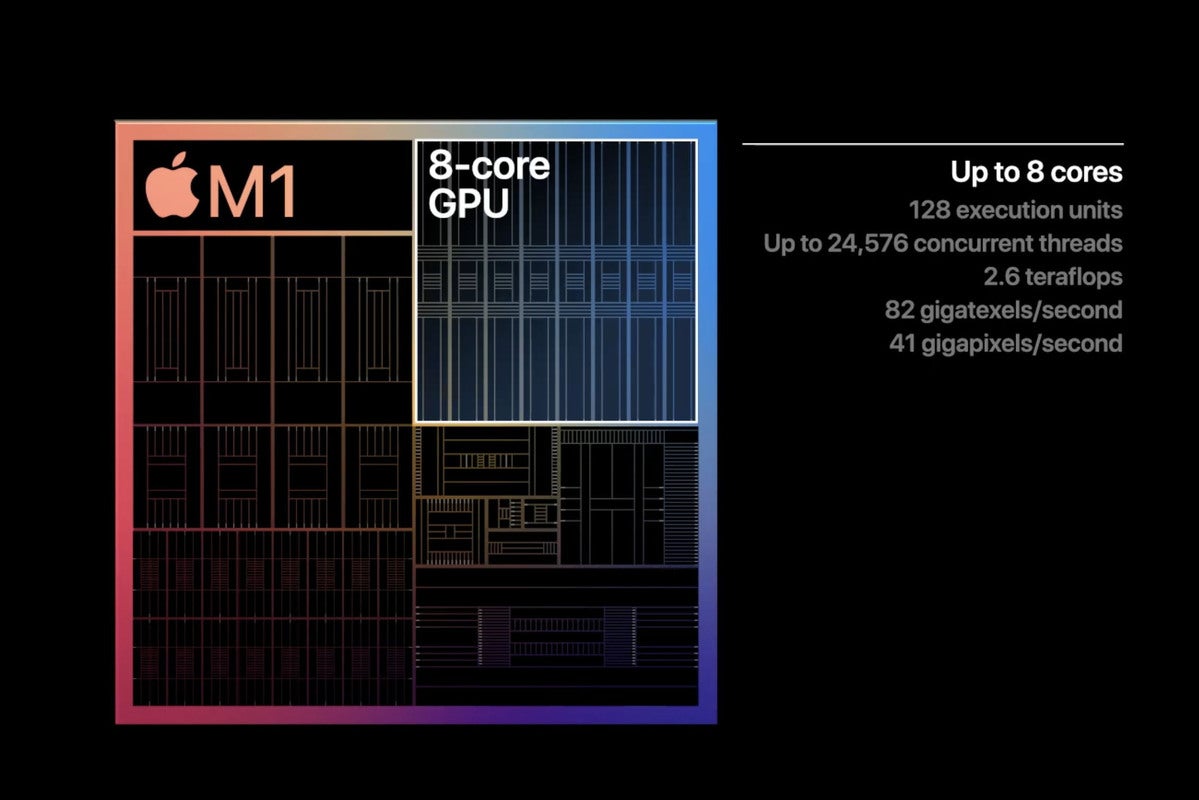Chances Per Second Mac OS
Develop, build, test, and sign Apple apps on Amazon EC2
A universally unique identifier (UUID) is a 128-bit number used to identify information in computer systems. The term globally unique identifier (GUID) is also used, often in software created by Microsoft. When generated according to the standard methods, UUIDs are, for practical purposes, unique. Their uniqueness does not depend on a central registration authority or coordination between the. If you have synthesized, placed, and routed VHDL that performs with a clock period of 20ns (for example), that is 50 MHz. If a result is calculated on each clock, that is 50 Million Operations per Second.
Amazon EC2 Mac instances enable customers to run on-demand macOS workloads in the cloud for the first time, extending the flexibility, scalability, and cost benefits of AWS to all Apple developers. With EC2 Mac instances, developers creating apps for iPhone, iPad, Mac, Apple Watch, Apple TV, and Safari can provision and access macOS environments within minutes, dynamically scale capacity as needed, and benefit from AWS’s pay-as-you-go pricing.
Powered by AWS Nitro System, EC2 Mac instances are built on Apple Mac mini computers featuring Intel Core i7 processors, and offer customers a choice of macOS Mojave (10.14), macOS Catalina (10.15), and macOS Big Sur (11.2.1). Access the Amazon EC2 Mac User Guide here.
Benefits
Quickly provision macOS environments
Time and resources previously spent building and maintaining on-premises macOS environments can now be refocused on building creative and useful apps. Development teams can now seamlessly provision and access macOS compute environments to enjoy convenient, distributed testing and fast app builds, bringing additional choice to developers so they can use Mac as their trusted platform, on-premises or in the cloud. EC2 Mac instances offload the heavy lifting that comes with managing infrastructure to AWS, which means Apple developers can focus entirely on building great apps.
Reduce costs
EC2 Mac instances allow developers to launch macOS environments within minutes, adjust provisioned capacity as needed, and only pay for actual usage with AWS’s pay-as-you-go pricing. Developers save money since they only need to pay for the systems that are in use. For example, more capacity can be used when building an app, and less capacity when testing.
Extend your toolkits

EC2 Mac instances provide developers with seamless access to dozens of AWS services so they can more easily and efficiently collaborate with team members, and develop, build, test, analyze, and improve their apps. Similar to other EC2 instances, customers can easily use EC2 Mac instances together with AWS services and features like Amazon Virtual Private Cloud (VPC) for network security, Amazon Elastic Block Storage (EBS) for expandable storage, Amazon Elastic Load Balancer (ELB) for distributing build queues, Amazon FSx for scalable file storage, and AWS Systems Manager (SSM) for configuring, managing, and patching macOS environments.
Features
Built on Apple Mac hardware
Amazon EC2 Mac instances are built on Apple Mac mini computers, featuring 8th Generation 3.2GHz (4.6GHz turbo) Intel Core i7 processors with 6 physical/12 logical cores, and 32GiB of Memory.

Enabled by the AWS Nitro System
The AWS Nitro System is a rich collection of building blocks that offloads many of the traditional software-defined functions to dedicated hardware and software to deliver high performance, high availability, and high security. Amazon EC2 Mac instances are uniquely enabled by the AWS Nitro System, which makes it possible to offer Mac mini computers as fully integrated and managed EC2 instances to provide 10 Gbps of VPC network bandwidth and 8 Gbps of EBS storage bandwidth.
Scaled on highly reliable infrastructure
EC2 Mac instances are designed so that customers can build critical applications with confidence. AWS has the most secure, extensive, and reliable global infrastructure for running workloads that require high availability, and is recognized as an industry leader for uptime standards. EC2 Mac instances enable your macOS workloads to benefit from the scale, elasticity, reliability, and experience that AWS’s secure, on-demand infrastructure has offered to millions of customers for more than a decade.
Product Details
| Instance Size | vCPU | Memory (GiB) | Instance Storage | Network Bandwidth (Gbps) | EBS Bandwidth (Mbps) | EBS IOPS (16k block) |
|---|---|---|---|---|---|---|
| mac1.metal | 12 | 32 | EBS-Only | 10 | 8,000 | 80,000 |
Pricing
EC2 Mac instances are available for purchase as Dedicated Hosts through On Demand and Savings Plans pricing models. Billing for EC2 Mac instances is per second with a 24-hour minimum allocation period to comply with the Apple macOS Software License Agreement. Through On Demand, you can launch an EC2 Mac host and be up and running within minutes. At the end of the 24-hour minimum allocation period, the host can be released at any time without further commitment. With Savings Plans, you can save up to 44% off On Demand pricing with a 3-year commitment. Both Compute and Instance Savings Plans are available. For more information on Dedicated Hosts, please see the Dedicated Hosts product page. In addition to the table below, you can also access EC2 Mac pricing on the AWS Pricing Calculator for Dedicated Hosts.
- North America (N. Virginia, Ohio, Oregon)
3-year term Purchase Option On-Demand Instance Savings Plan Compute Savings Plan Terms Pay-as-you-go All Upfront Partial upfront No Upfront All Upfront Partial upfront No Upfront Price per Hour $1.083 $0.611 $0.650 $0.702 $0.764 $0.780 $0.842 Savings over On-Demand N/A 44% 40% 35% 29% 28% 22% 1-year term Purchase Option On-Demand Instance Savings Plan Compute Savings Plan Terms Pay-as-you-go All Upfront Partial upfront No Upfront All Upfront Partial upfront No Upfront Price per Hour $1.083 $0.849 $0.867 $0.910 $1.019 $1.040 $1.083 Savings over On-Demand N/A 22% 20% 16% 6% 4% 0% 3-year term Purchase Option On-Demand Instance Savings Plan Compute Savings Plan Terms Pay-as-you-go All Upfront Partial upfront No Upfront All Upfront Partial upfront No Upfront Price per Hour $1.354 $0.764 $0.812 $0.764 $0.955 $0.975 $1.053 Savings over On-Demand N/A 44% 40% 35% 29% 28% 22% 1-year term Purchase Option On-Demand Instance Savings Plan Compute Savings Plan Terms Pay-as-you-go All Upfront Partial upfront No Upfront All Upfront Partial upfront No Upfront Price per Hour $1.354 $1.062 $1.083 $1.137 $1.274 $1.300 $1.354 Savings over On-Demand N/A 22% 20% 16% 6% 4% 0% 3-year term Purchase Option On-Demand Instance Savings Plan Compute Savings Plan Terms Pay-as-you-go All Upfront Partial upfront No Upfront All Upfront Partial upfront No Upfront Price per Hour $1.207 $0.681 $0.724 $0.782 $0.852 $0.869 $0.939 Savings over On-Demand N/A 44% 40% 35% 29% 28% 22% 1-year term Purchase Option On-Demand Instance Savings Plan Compute Savings Plan Terms Pay-as-you-go All Upfront Partial upfront No Upfront All Upfront Partial upfront No Upfront Price per Hour $1.207 $0.947 $0.996 $1.104 $1.136 $1.159 $1.207 Savings over On-Demand N/A 22% 20% 16% 6% 4% 0%
Customers
'Intuit is a mission-driven, global financial platform company. Its products - including TurboTax, QuickBooks, and Mint - are designed to empower more than 50 million consumer, small business and self-employed customers around the world to improve their financial lives. EC2 Mac instances, with their familiar EC2 interfaces and APIs, have enabled us to seamlessly migrate our existing iOS and macOS build-and-test pipelines to AWS, altogether improving developer productivity. We’re experiencing up to 30 percent better performance over our data center infrastructure, thanks to elastic capacity expansion, and a high availability setup leveraging multiple zones. We’re now running around 80 percent of our production builds on EC2 Mac instances, and are excited to see what the future holds for AWS innovation in this space.'
Pratik Wadher, VP of Product Development, Intuit
Listen to Pratik Wadher, the VP of Product Development at Intuit, describe how and why Intuit is using Amazon EC2 Mac instances.
“FiLMiC, Inc. is the creator of the award-winning mobile cinema camera app, FiLMiC Pro. With a global team of filmmakers, photographers, creatives and software developers who share the same passion for mobile cinema and content creation, FiLMiC has designed what has become the industry's most sought-after app that transforms a simple mobile device into a cinematic film camera. Amazon EC2 Mac instances give us the ability to scale up our continuous integration build farm in order to quickly go through development, testing and TestFlight stages. This leads to better velocity and more time working on the fun stuff.”
Chances Per Second Mac Os X
Seth Faxon, iOS Development Manager, FiLMiC
“At Ring, we are committed to making home and neighborhood security accessible and effective for everyone while working hard to bring communities together. EC2 Mac instances will allow us to migrate our Apple build infrastructure to AWS, unlocking the scalability, reliability, security, and capabilities of AWS for all our Apple developers. These EC2 Mac instances will also let us quickly scale up our Mac build fleet whenever we need it, simplify cross-platform app development through consolidation on a single infrastructure provider, and ultimately accelerate innovations for thousands of our Apple customers.”
Joshua Roth, CTO
Resources
Get started with AWS
Instantly get access to the AWS Free Tier.
Explore and learn with simple tutorials.
Begin building with step-by-step guides to help you launch your AWS project.
Chances Per Second Mac Os 11
This Frequently answered question (FAQ) comes about:
Can an iMac/iBook/Powerbook/MacBook act as a display for another Mac since they all have a built-in display?
The truth is complicated because you have to consider who is doing the processing, and who has the drivers for the work being done.
1. For people who want the processing power of multiple Macs together, there isDaugerresearch.com's Pooch.
2. Apple's Target Disk Mode lets you treat the hard disk of one Mac as an external drive to another. You do have to be careful with this, only the Mac that is currently booted to an active screen has its drivers enabled. If you need the drivers of the other Mac to do some sort of installation, it may not work right, or if you need it to run specific software.
3. The iMac 27' model began a new solution with its mini-Displayport, which later became a Thunderbolt port that allows displaying information from a second Mac. See Using a 27-inch iMac as an external display. There are some hurdles to get there, however some third party solutions for those hurdles are listed on:http://lowendmac.com/ed/bashur/09db/dvi-to-mini-displayport.html
4. If you have a second screen to initially setup a Mac as a server of some sort you can make it 'headless' (i.e. no second screen necessary) using one of these solutions:
Microsoft Remote Desktop (pre-App Store versions), and App Store (Mac OS X 10.6.8 and later)
The speed of your network though can make such solutions appear too slow for words. If you use IP over Firewire on Mac OS X 10.8, 10.7, 10.6 reasonable speeds can be obtained. This feature has been available since Mac OS X 10.3. Older links you'll find on the older tip are no longer valid.
Elgato makes Firewire compatible capture devices which can capture S-Video. If you output the video of that Mac to an S-Video connector, you can view its video on the Elgato capture screen in 720 x 480 resolution. This usually is too little real estate for an effective second display, but for some it may be the quickest solution available.
In addition, Mac Minis, Intel based iMacs and Mac Pros do accept any display that supports VGA or DVI. Contrary to what you might think, you aren't stuck to Apple's displays. The Apple displays themselves are true Progressive LCDs that are widescreen with color matching, extra ports, and an extra place to put an iSight mount if you can find an original iSight. DVI supports more resolutions, and dual-link DVI even more. Apple has supplemented info on the original iMac dual display mode on:
This is a revision of this tip to more current information: https://discussions.apple.com/thread/1587927?threadID=1587927
A related tip is:Can AppleTV make my TV a wireless display of my Mac?